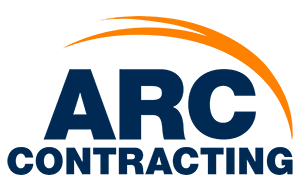Solar Panel Installation: What to Consider and Expect
Wisconsin homeowners know that installing solar panels is an excellent way to harness clean and renewable energy to power their home or business. Before proceeding with the installation, there are several essential factors to consider and expectations to set.
Here’s a step-by-step guide to help you with the process:
- Energy Needs Assessment: Analyze your current energy consumption to determine how much electricity you need to generate from solar panels. Consider your average monthly and annual electricity usage, as well as any potential changes in the future.
- Roof Suitability: Check if your roof is suitable for solar panel installation. Ideally, it should be south-facing in the Northern Hemisphere (north-facing in the Southern Hemisphere) and free from obstructions that may shade the panels, such as trees or nearby buildings. 3. Local Regulations and Permits: Research local building codes, regulations, and permit requirements for installing solar panels. Some areas might have specific guidelines or restrictions on solar installations that you need to adhere to.
- Budget and Financing: Determine your budget for the installation. Explore financing options, including purchasing the panels outright, leasing, or entering a power purchase agreement (PPA) with a solar provider.
- Choose a Reputable Installer: Research and select a reliable solar panel installer with a good track record and positive customer reviews. Get multiple quotes from different companies to compare prices and services. To get a quote from ARC Contracting, call 888-743-8086.
- Solar Panel Selection: Choose the type and brand of solar panels that best fit your needs and budget. There are different technologies available, such as monocrystalline, polycrystalline, and thin-film solar panels, each with its own advantages and costs. 7. Incentives and Rebates: Look into available solar incentives, tax credits, and rebates offered by your local government or utility companies. These can significantly reduce the overall cost of installation.
- Site Visit and Design: Once you’ve selected an installer, they will conduct a site visit to assess your property and design a solar system that optimizes energy production. This includes determining the best panel placement, inverter location, and overall system size.
- Installation Process: The actual installation typically takes one to three days, depending on the complexity of the system. Your chosen installer will handle the mounting of panels, wiring, and connecting the inverter.
- Inspection and Interconnection: After installation, the system will need to be inspected by the local authorities or utility company to ensure it meets safety and quality standards. Once approved, the solar system will be interconnected to the grid, allowing you to benefit from net metering if available.



